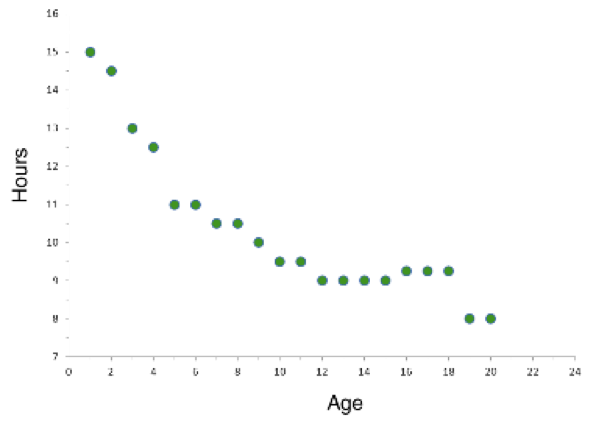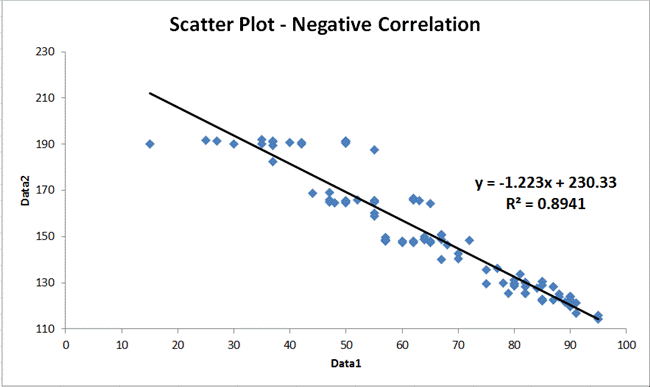
SCATTER PLOT OF NEGATIVE CORRELATION EXAMPLES HOW TO
In this guide, we show you how to carry out a Pearson's correlation using Stata, as well as interpret and report the results from this test. If there was a strong, negative association, we could say that the longer the length of unemployment, the greater the unhappiness. Alternately, you could use a Pearson's correlation to understand whether there is an association between length of unemployment and happiness (i.e., your two variables would be "length of unemployment", measured in days, and "happiness", measured using a continuous scale). If there was a moderate, positive association, we could say that more time spent revising was associated with better exam performance. A value of 0 (zero) indicates no relationship between two variables.įor example, you could use a Pearson's correlation to understand whether there is an association between exam performance and time spent revising (i.e., your two variables would be "exam performance", measured from 0-100 marks, and "revision time", measured in hours). Its value can range from -1 for a perfect negative linear relationship to +1 for a perfect positive linear relationship. A Pearson's correlation attempts to draw a line of best fit through the data of two variables, and the Pearson correlation coefficient, r, indicates how far away all these data points are to this line of best fit (i.e., how well the data points fit this new model/line of best fit). The Pearson correlation generates a coefficient called the Pearson correlation coefficient, denoted as r.



The Pearson product-moment correlation coefficient, often shortened to Pearson correlation or Pearson's correlation, is a measure of the strength and direction of association that exists between two continuous variables. Pearson's Correlation using Stata Introduction


 0 kommentar(er)
0 kommentar(er)
